
Giant Spiderwort on a granite outcrop
Three springs ago I was lucky enough to marry the love of my life. Before and since Carolina and I have shared many adventures in the natural world. It seemed fitting that we spend our anniversary in these wild places we love so much, so we decided to take a trip to the Texas Hill Country. It had been years since I spent any time exploring this treasure trove of natural wonders, and Carolina had only previously passed through. We looked forward to a trip full of searching for rocks, gems, wildflowers, and other wild things.
The rugged Texas Hill Country is part of the Edward’s Plateau, an extensive uplift in central Texas comprised of marine deposit that are 100 million years old or more. The region is primarily comprised of limestone, however extensive granite outcrops are present in areas. The variety of substrates harbors an incredible array of plant and animal species, many of which are found nowhere else in the world. Perhaps no other part of the state is as uniquely Texan as the Hill Country. The following blog post is a long one that highlights its natural beauty.

Spring in the Texas Hill Country
We covered a lot of ground during our trip, trying to see as much as we possibly could. Recent rains had swollen the clear streams of the region. While hiking we came across this tributary of the Colorado River, which I suspect is normally fairly tame. We enjoyed a swim in the cool, clear waters below the fall.
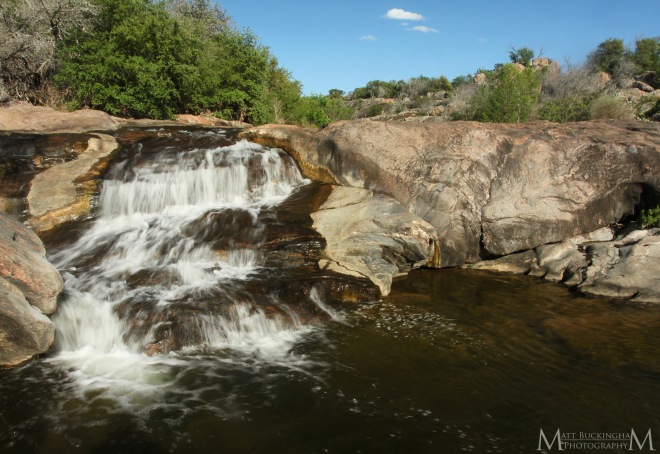
A Hill Country Waterfall
The wild’s of the Hill Country are full of beautiful sights, like this gnarled live oak growing from the top of a massive granite boulder.

A gnarled live oak takes hold on a granite outcrop
The Texas Bluebonnet (Lupinus texensis) is certainly the most iconic of all Texas wildflowers. While I can’t deny their beauty, I am usually reluctant to photograph bluebonnets, as they have been so extensively planted that it’s hard to know when one has encountered a truly wild population. I found this large population in a clearing in an open oak/mesquite savannah far from any roads or developed areas, and am fairly certain it is a native population.

Texas Bluebonnets
We were lucky that a number of cacti had begun to bloom during our trip. I posted about the Claret Cup Cactus (Echinocereus coccineus) in my previous blog. I also mentioned the Lace Cactus (Echinocereus reichenbachii). The latter deserves mention again here, as we found many in bloom while we were driving back roads in pursuit of Topaz and Celestite. While we did not find the precious stones, we were rewarded with the brilliant blooms of this spectacular cactus. The largest, most impressive individuals and groups were on private land well behind fences, however we did find several beautiful individuals within camera range.

A Lace Cactus clings to a granite outcrop

Lace Cactus

Lace Cactus
We also found a few Heyder’s Pincushion Cactuses (Mammillaria heyderi), which I had recently photographed in South Texas.

Heyder’s Pincushion Cactus
Perhaps one of the most spectacular wildflower displays came from the Giant Spiderwort (Tradescantia gigantea) which seemed to thrive on granite and limestone alike.
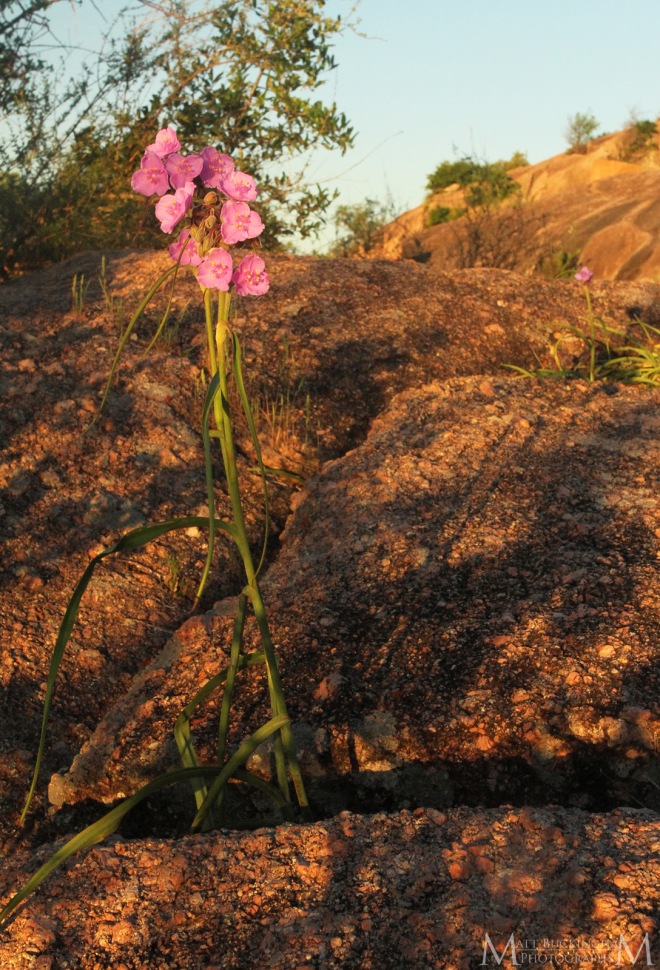
Giant Spiderwort
We observed a number of Penstemon species. The most common and widespread was the Prairie Penstemon (Penstemon cobaea). It was a treat to see such large, healthy populations of this species, as it is rare in the Pineywoods.

Prairie Penstemon
We even found a few Prairie Penstemons with a striking lavender wash.
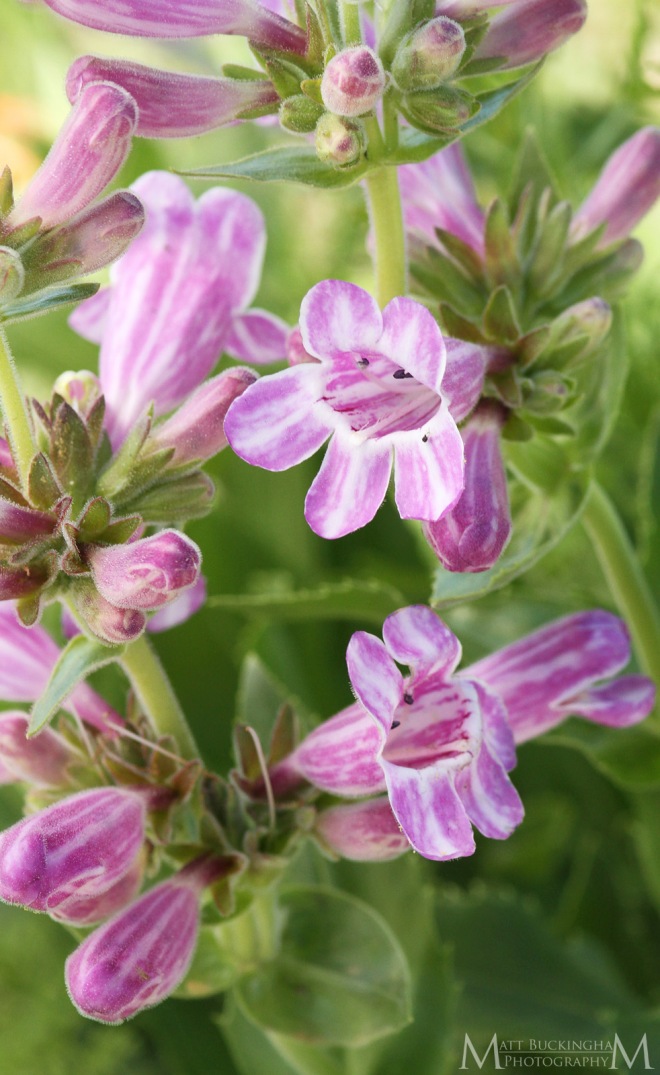
Prairie Penstemon
We also found the much less common Guadalupe Penstemon, which is endemic to the Texas Hill Country.
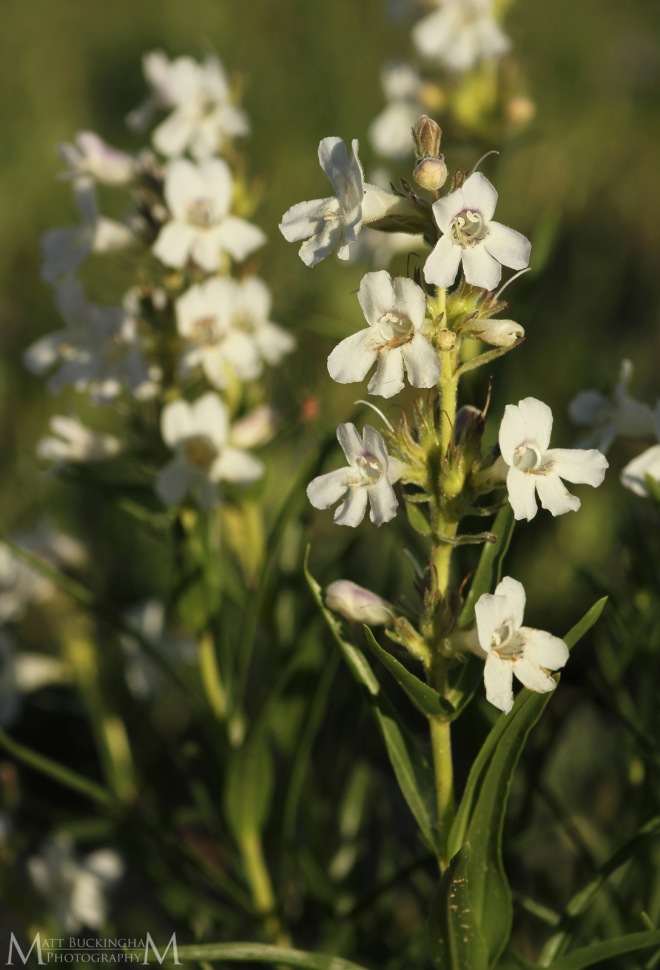
Guadalupe Penstemon

County level distribution for Penstemon guadalupensis from http://www.bonap.org. Yellow counties indicate that the species is present but rare.
The most spectacular of the Penstemons, however, was the Hill Country Penstemon (Penstemon triflorus), another Edward’s Plateau endemic.
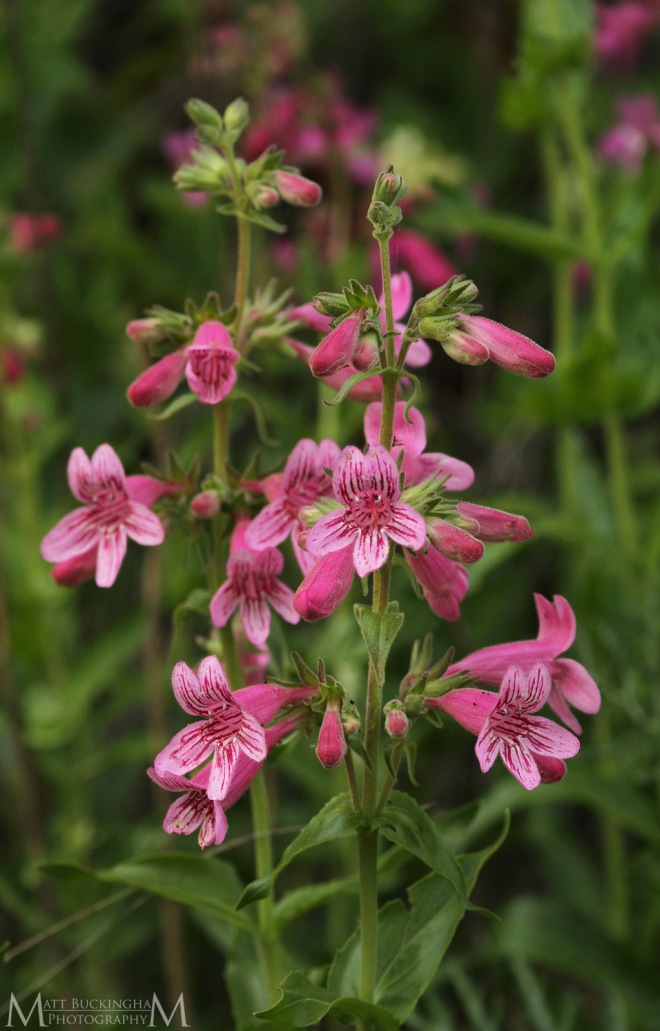
Hill Country Penstemon

Hill Country Penstemon

Hill Country Penstemon

County-level distribution for Penstemon triflorus from http://www.bonap.org.
The Fringed Bluestar (Amsonia ciliata) was fairly difficult to spot among the grasslands and oak savannahs, despite its bright blue blooms.
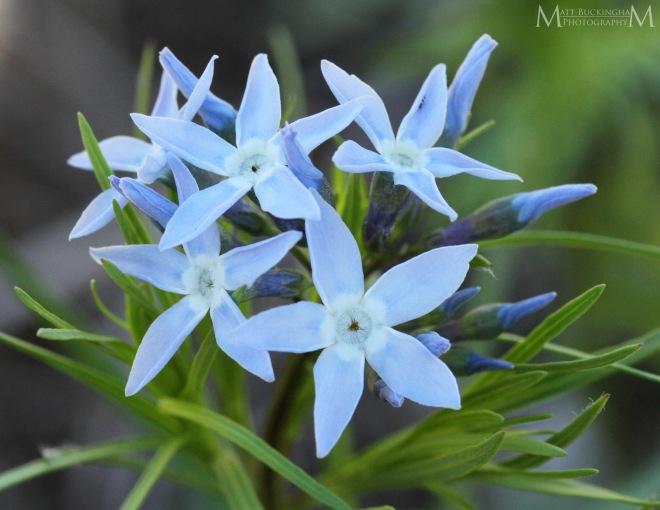
Fringed Bluestar
The Green Milkweed Vine (Matelea reticulata) is native to Texas and northeastern Mexico. It is easy to see where it gets one of its alternate common names: The Pearl Milkweed Vine.

Green Milkweed Vine
After spending a couple of nights camping we visited our good friends Scott Wahlberg and Ashley Tubbs in Kerrville. Scott and I are known for our absurd conversations and hypothetical scenarios. We are lucky that we have such tolerant women to put up with our shenanigans. After spending the night at their place, they showed us a beautiful series of canyons that had eroded into the limestone hills. The Endangered Golden-Cheeked Warbler (Setophaga chrysoparia) serenaded us as we explored its domain.
In addition to being rich in endemics, the Texas Hill Country is home to many species typical of the central or Eastern United States that are disjunct from the main portion of their range. These species generally exist in these cool, moist canyons and are relicts of cooler, wetter times. Scott has found Western Slimy Salamanders (Plethodon albagula) here. Luckily I had seen them in the Hill Country before, as we were unable to find any this trip. We did, however, see several Eastern Red Columbine (Aquilegia canadensis) in bloom.

Eastern Red Columbine

Eastern Red Columbine
We observed several False Day Flowers (Tinantia anomala) in bloom. These bizarre blooms reminded me of some alien creature.

False Day Flower
We also found another uncommon endemic growing in these canyons: The Scarlet Clematis (Clematis texensis).

Scarlet Clematis

County-level distribution for Clematis texensis. Yellow counties indicate that the species is present but rare.
The Texas Madrone (Arbutus xalapensis) is a typical tree of the slopes grading into these canyons. We were lucky to find a few in bloom.

Texas Madrone
With all of the wildflowers in bloom, the pollinators were out in force as well. Perhaps the most beautiful, and definitely the most cooperative were the many Juniper Hairstreaks (Callophrys gryneus) that we observed.

Juniper Hairstreak
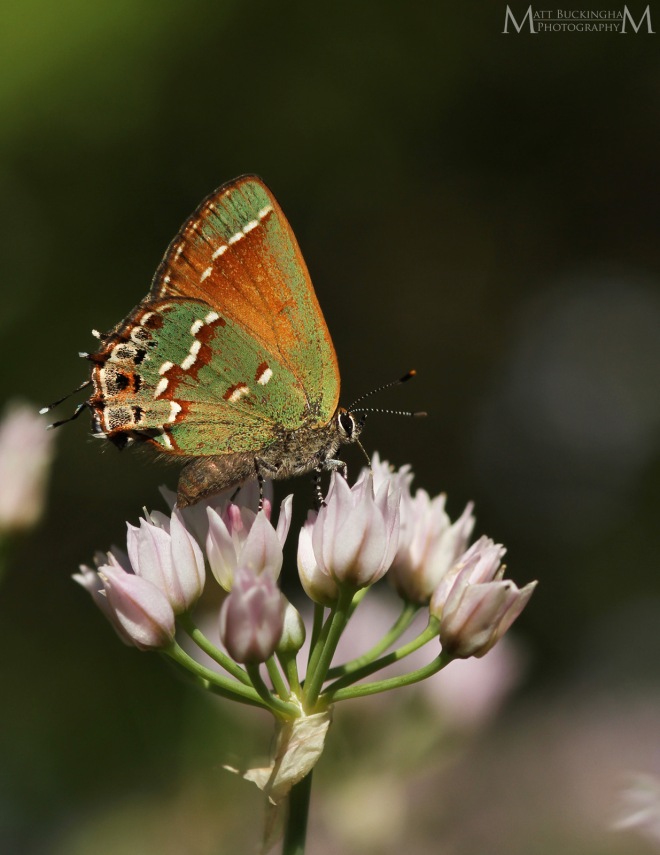
Juniper Hairstreak
As is so often the case for me, as the trip came to an end I was hit with a feeling of sadness. But it’s hard to be too sad when I was returning to the Pineywoods, where so many interesting species were awaiting me.
